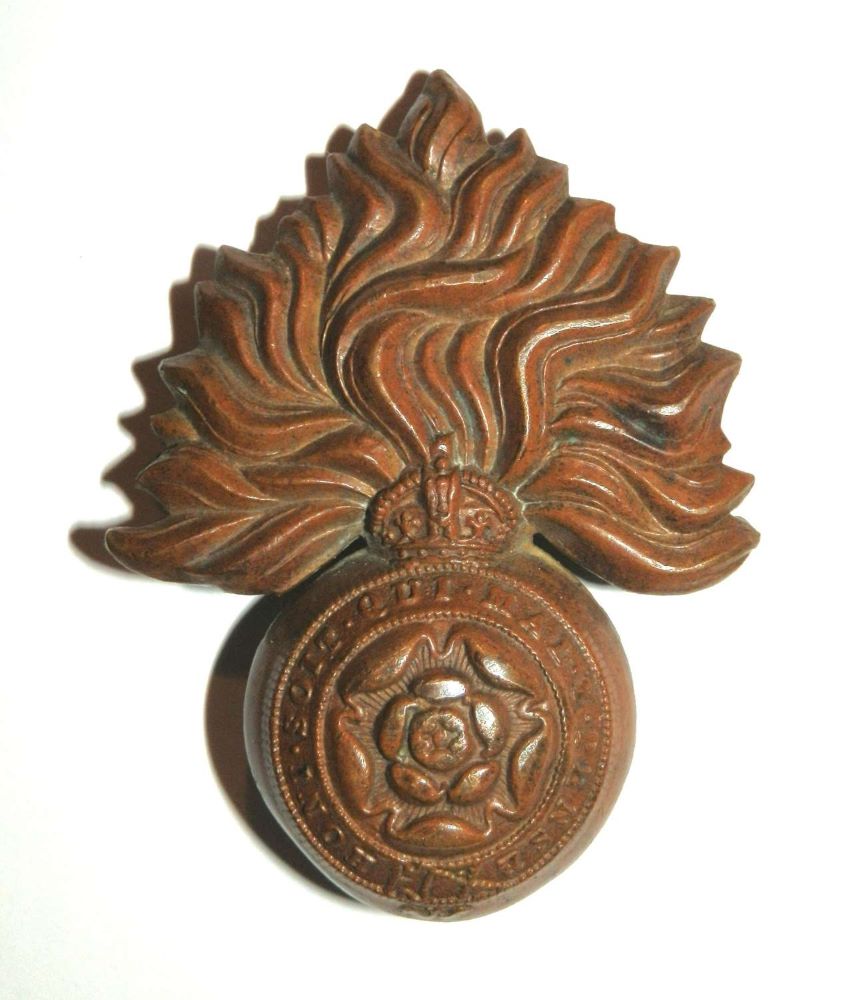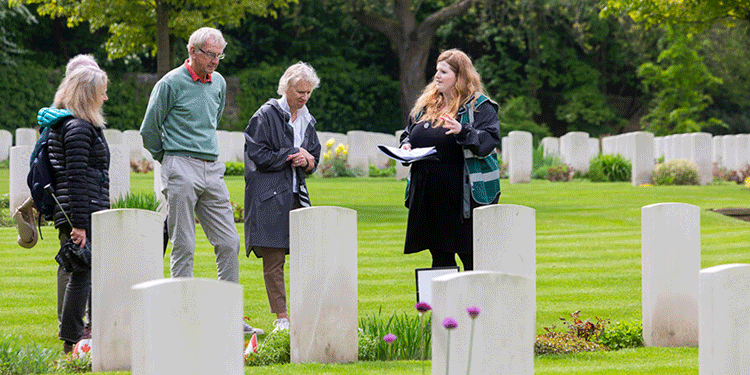
As James Henry Tucker, he was born in 1883, at Tooting, in Surrey, the youngest of eleven known children to William Tucker, a house decorator, and Sophia Tucker (formerly Bonython).
He had eight sisters and two brothers: Florence Sophie (1863); Arthur William (1865); Jessie Jane (1868); Emily (1869); Rosa Mary (1871); Charles Edward (1873); Marion Gertrude (1875); Eleanor (1877); Dora (1880); and May (1881). In 1881 the family had lived at 130 Ferndale Road, in Lambeth, and ten years later at 1 Soton Road in Lambeth.
By 1901 they had moved to 38 Corrance Road, in Lambeth, by which time James was employed as a plumber's mate.
At the 1911 census James had adopted using Henry as his first name, and he was living as a boarder at 8 Ducie Street, in Brixton.
He was living with one Alfred Ellis and his family, who were house painters, and Henry was also employed as a house painter.
He was unmarried. It would appear that by the time Henry Tucker died he had nominated his elder sister Jessie Jane as his next of kin. She was the beneficiary of Henry's effects.

James Henry Tucker's service papers have not survived, and what is known has been extrapolated from other sources.
As Henry Tucker he enlisted at Brixton, joining the Royal Fusiliers as a private, no. G/39525. He was posted to the 23rd (Service) Battalion (1st Sportsman's), Royal Fusiliers, and disembarked in France on 2 March, 1917. The battalion was part of the 99th Brigade in the 2nd Division.
However, 17 days later, on 19 March, he was transferred to the 2nd Battalion, which was part of the 86th Brigade in the 29th Division.
The battalion was then at Ville undergoing training, and on 19 March a draft of 121 men arrived, which would have included Henry Tucker.
On 20 March the battalion moved to Airaines where the companies reorganised and further training was carried out.
On 30 March the battalion moved and arrived at Berteaucourt the next day.
At the start of April the battalion marched, passing through, on consecutive days, Gezaincourt and Pommera, where it remained for three days and then to Sus St. Leger, where it remained for two days.
It reached Humbercamp on 9 April, the first day of the Arras offensive. It then moved to Simencourt on 11 April and to Arras the next day.
On 13 April the battalion moved to the front line, and the next day moved to Chapel Hill, where it made strong points as defence against counter attacks. It suffered continual heavy shelling for four days.
On 18 April it relieved the 16th Middlesex Regiment in the front line at Monchy. It continued to endure heavy shelling and on 21 April the headquarters cellar was blown in killing one man and wounding 5 others.
On 22 April the battalion was relieved and moved back to Arras. On 23 April the battalion returned to Chapel Hill (the Brown Line), and that evening moved up to La Fosse Farm to relieve another battalion in the front line trenches at Monchy, which was completed by 3.00 am on 24 April.
At zero hour (4.00 pm) the battalion left Shrapnel Trench to take part in a divisional attack on the Blue Line at Bois de Vert: the battalion suffered heavily from shelling and machine gun fire.
By 4.45 pm the left-hand company (X Company) had little ammunition left, and at 5.00 pm patrols were sent out.
At. 5.30 pm reinforcements were called for and one officer, one sergeant and 30 men arrived.
At 5.45 pm friendly heavy artillery was falling short and had to be lengthened, and it was found that there was only one officer and 35 men left in the forward positions, and at 6.10 pm the position was untenable, and orders were given to clear all wounded back to Shrapnel Trench.
At 6.50 pm orders were given to retire.
The centre company (W Company) had few casualties and got over very quickly and out of the enemy barrage. The right company (Z Company) was held up in front of the wood by heavy machine gun fire, but charged into the wood and drove the enemy out.
The battalion suffered 190 casualties, including 3 officers killed and 3 wounded. After the attack the battalion was relieved and moved back to Arras.
Private HenryTucker was listed as wounded and missing on 24 April, 1917, and later declared 'death presumed on or since 24 April, 1917'. He was aged 34.


